
Official Edgar Rice Burroughs Tribute and Weekly Webzine Site Since 1996 ~ Over 10,000 Web Pages in Archive Presents Volume 4978 |

Official Edgar Rice Burroughs Tribute and Weekly Webzine Site Since 1996 ~ Over 10,000 Web Pages in Archive Presents Volume 4978 |

Eclectica Archive |

ECLECTICA v.2014.07 |
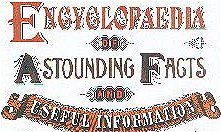
Eclectica Archive |
|
|
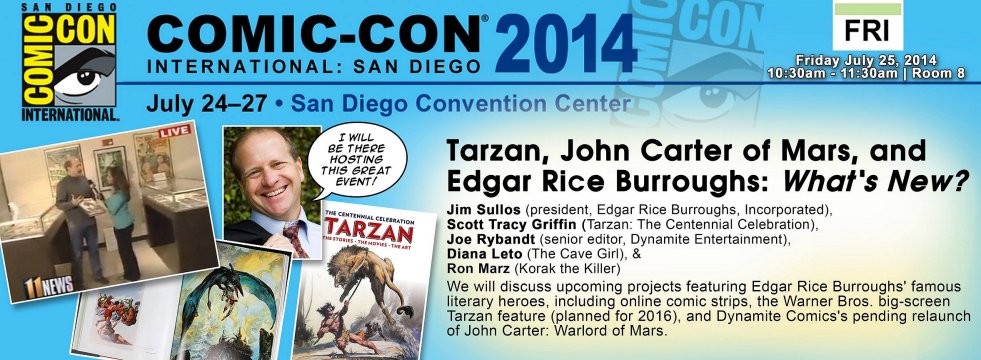

![]()
2014 ECOF and Dum-Dum Conventions
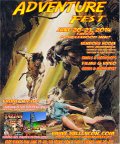
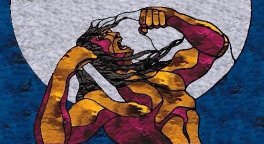


www.ERBzine.com/dumdum
See our coverage of the ECOF Event starting
at:
www.ERBzine.com/mag50/5043.html
FARGO ECOF 2014 - Thursday, June 19th through Sunday, June 22nd.
The event, hosted by Rudy Sigmund, included a number of guests of honour
and
a special showing of the 1927 silent classic, "Tarzan and the Golden
Lion",
starring James Pierce, the future son-in-law of Edgar Rice Burroughs.
http://s3.amazonaws.com/ERBevents/ERBevents_films.html
Still of the Friday Banquet and Fargo Theatre by Bill and Sue-On Hillman from ERBzine.com
![]()
|
|
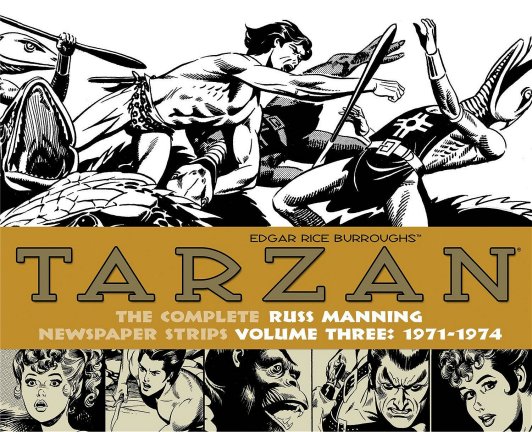
Tarzan: The Complete Russ Manning Newspaper Strips
Volume 3 (1971-1974)
Russ Manning (Author, Illustrator)
This third volume of a four-book series collecting the entire run of
the Tarzan newspaper strip by Russ Manning
presents the final two, complete daily storylines, plus four extended
Sunday adventures.
In the dailies from August 2, 1971 through July 29, 1972, Tarzan returns
to the Earth's core,
while Korak plays guide on the dangerous white water river. In the
Sundays from January 24, 1971 through March 17, 1974,
Tarzan travels to Pal-ul-don and Korak enters the City of Xuja.
Available at your local booksellers or online at Amazon
|
which includes all the Tarzan strips is featured at: www.erbzine.com/manning |
THE MOON MAID TRILOGY

Edgar Rice Burrough's Immortal Classics, Together In One Volume...
The
Easton Press Edition
http://www.eastonpress.com/books/prod/227/THE-MOON-MAID-TRILOGY_2948.aspx
Written by America's great science-fiction genius Edgar Rice Burroughs,
the "Moon Maid" trilogy envisions the fierce struggle of rival civilizations
beyond Earth.
This stunning volume brings you all three volumes, and
features 3 new full-color works of art specially commissioned for
this edition.
6" x 9", 400pp
3 Monthly Installments of just $39
|
for full information on all the ERB Books www.ERBzine.com/chaser |
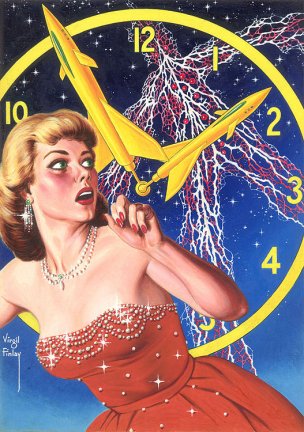
THE
COLLECTORS’ BOOK OF VIRGIL FINLAY
Coming in November 2014, a beautiful art book featuring Virgil Finlay
art
from the collections of Robert Weinberg, Doug Ellis, Glynn Crain,
and Robert K. Wiener.
Virgil Finlay was one of the premier artists of science fiction,
fantasy and horror art of the 20th Century.
His work appeared in every major SF magazine and on the most prestigious
of the small press SF books.
Premiering at the World Fantasy Convention in Virginia in conjunction
with the Centenary celebration of Finlay's birth,
this collection will contain some of the finest reproductions of
his B&W work to date,
with most printed at their original size, so you can truly appreciate
his fine artistry.
The color pieces will be printed on a 200 LPI press, assuring a
beauty and faithfulness to the image hard to surpass.
|
ERB ARTISTS ENCYCLOPEDIA www.ERBzine.com/art |
|
|
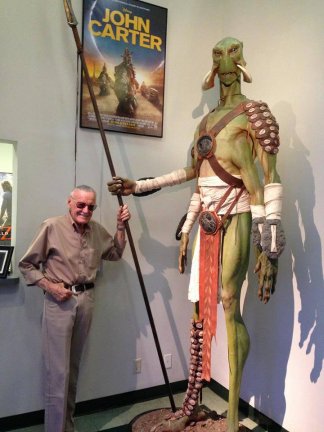
Stan Lee and Tars Tarkas |
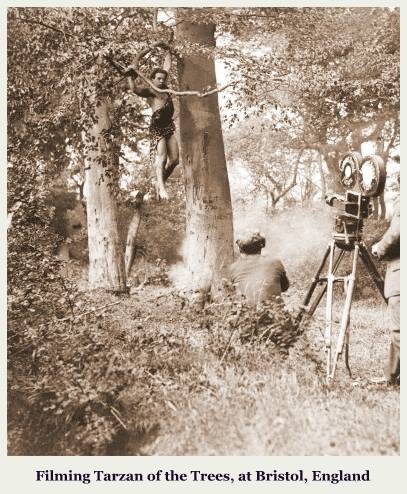
circa 1934 ~ Courtesy Rob Tonkers |
|
More many more of the rare photos we have featured over the years: www.ERBzine.com/eclectica |
|
|
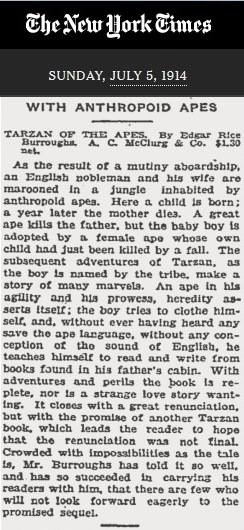
|
www.erbzine.com/mag4/0483.html and www.erbzine.com/mag4/0483a.html |
|
www.erbzine.com/mag7/0711.html Burroughs Family Stories
|
|
|
Detailed maps for all of the Fantasy Worlds of Edgar Rice Burroughs www.erbzine.com/mag30/3039.html |
|
|
THE REVENGE OF TARZAN PLUS ALL THE ERB FILMS IN THE ERBzine SILVER SCREEN SERIES www.ERBzine.com/movies |
|
|
ERB'S PELLUCIDAR At our Companion Site www.pellucidar.org |
![]()
|
|
![]()
|
RANDOM WEB CAPTURES |
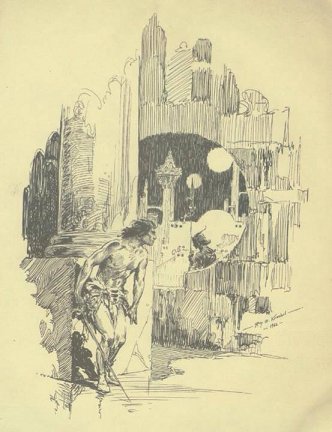
Rare 1922 Lithographs by
J. Allen St. John (1872-1957)
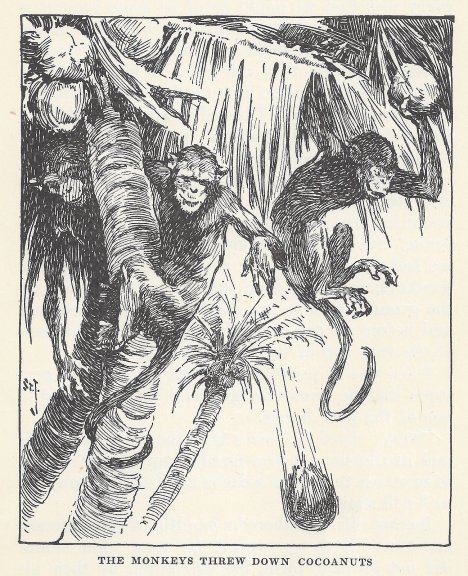
From Swiss Family Robinson

![]()

![]()
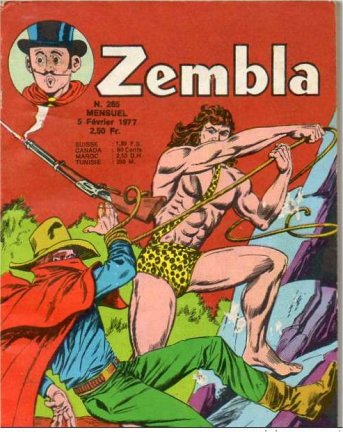 |
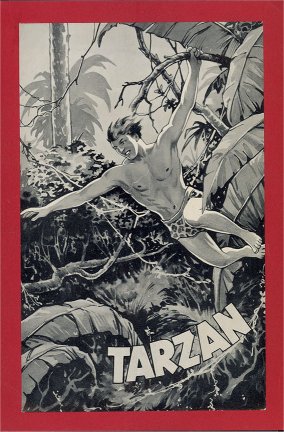
1934-44 Beehive Group 1 -- Tarzan -- SGC 50 One of the rarest Beehives known. |
|


|
From the ERB C.H.A.S.E.R. Illustrated Bibliography Series www.ERBzine.com/chaser and ERBzine POSTER AND COLLAGE ART Series www.ERBzine.com/cards |
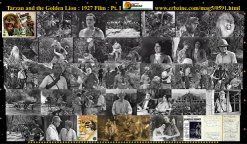
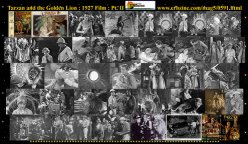
|
|

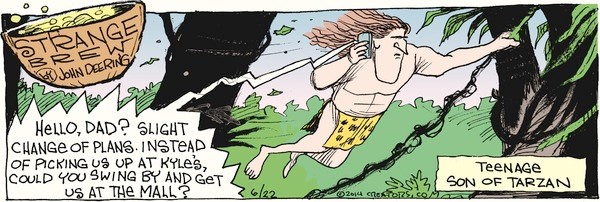
![]()

![]()

BILL
HILLMAN
Visit
our thousands of other sites at:
BILL
AND SUE-ON HILLMAN ECLECTIC STUDIO
All
ERB Images© and Tarzan® are Copyright ERB, Inc.- All Rights Reserved.
All
Original Work © 1996-2014 by Bill Hillman and/or Contributing Authors/Owners
No
part of this web site may be reproduced without permission from the respective
owners.